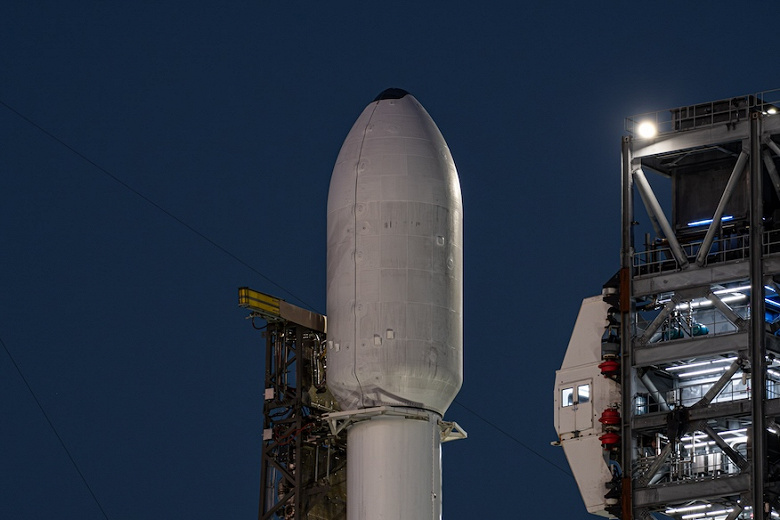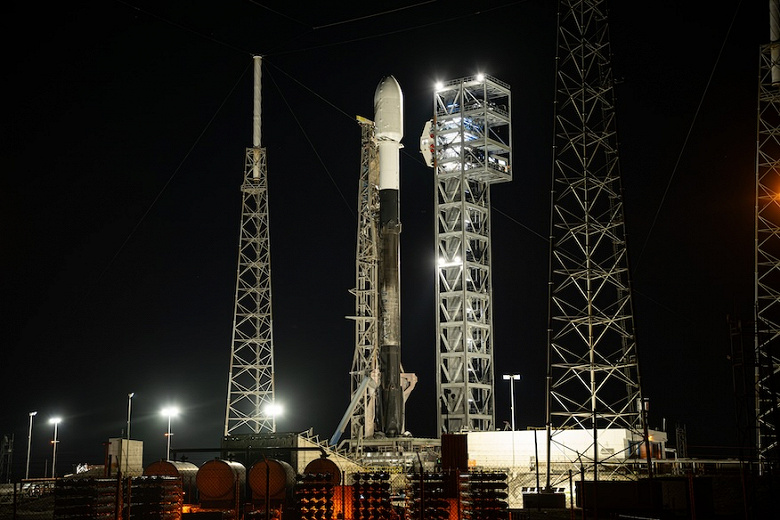Previously, such ships were launched using Antares missiles with Russian RD-181
engines
Today, January 30, SpaceX's Falcon 9 rocket was used for the first time to launch Northrop Grumman's Cygnus cargo spacecraft to the International Space Station (ISS). Previously, Antares rockets were used to launch Cygnus spacecraft, the first stage of which was equipped with Russian RD-181 engines, but in 2022 Roscosmos announced its decision to stop supplying Russian rocket engines to the United States and refuse to maintain the remaining products from the American side.
The Falcon 9 launch from the Cape Canaveral launch site in Florida took place on January 30 at 12:07 pm Eastern Time (20:07 Moscow time), and was successful. As we already wrote, before this launch, SpaceX modified the Falcon 9 fairing, adding a hatch that provides access to the Cygnus ship to place cargo in it immediately before launch. Northrop Grumman also said it has made a number of changes to Cygnus to make it compatible with the Falcon 9.

The docking of the spacecraft with the ISS is scheduled for February 1. On board Cygnus there are 3.8 tons of payload, including food for the crew (there is even ice cream), spare parts for future station repairs and equipment for experiments. Thus, cosmonauts and astronauts will receive a 3D printer, a Spaceborne Computer 2 from Hewlett Packard Enterprise for analyzing experimental data using artificial intelligence and machine learning without the need to transfer them to Earth, a kit for installing iROSA solar panels, simulators and even a robot for surgical operations.

